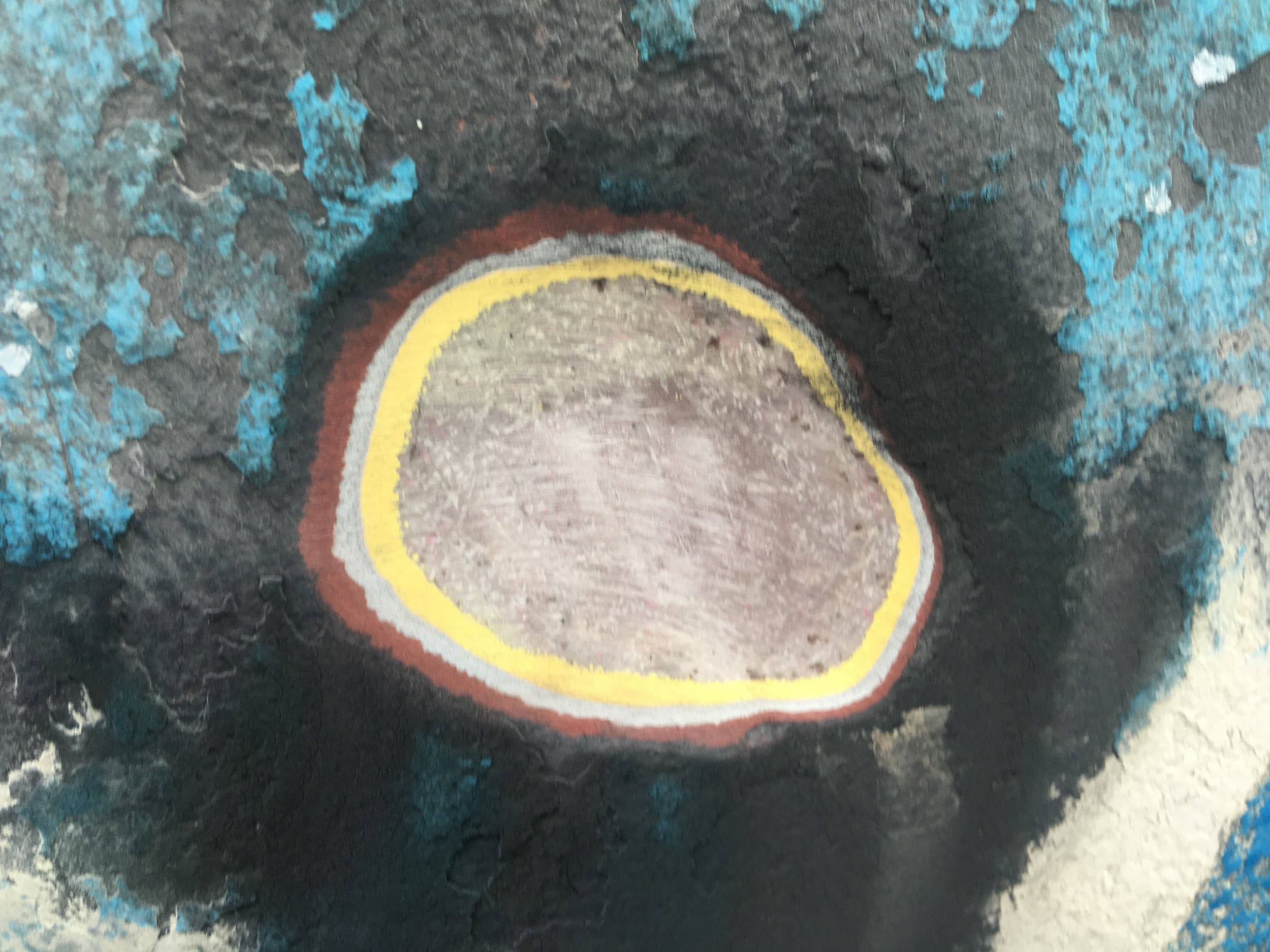When you think about sailing, you probably picture a yacht under full sail slicing through the blue sea! The only thing around the yacht is more waves as it chugs along through the water towards an endless destination. This thought might seem romantic, but at some point, the yacht will arrive on a shore and make its way up into a port. Old ports tend to be located up a river, offering them ease of access to the open waters but yet still protected from the fury of the waves during a severe storm.
For those with a powerful diesel motor onboard, these journeys up the river to the port city are no challenge at all. All you need to do in these cases is turn on the motor and power your way up the river until you reach your destination in a timely manner. For those of us who have opted to forgo this luxury, traveling up the river may be a bit more intimidating.
Rivers have a few standard qualities, and understanding these features will make navigating them all the easier. A river will always flow from the land to the sea. There may be a slight flood as the tide rises, but it will be much weaker than the current as the tide retreats back into the ocean. This preferred direction of rivers is due to the fact that rivers drain runoff from the land into the sea.
This means that the force of the current is directly correlated to the amount of rainfall that has occurred in that area . If they have been having heavy rains, expect a stronger current pushing against you. If it has been dry lately, expect an easier to at sailing up the river.
The other challenging thing with rivers is their width. Rivers can be wide, but they can also get very narrow at times. The area of deep water will also be narrower than the width of the river as well, meaning that you will be forced to sail in a relatively narrow space. This can make it difficult to work your way up a river, especially if your are working into the wind. Short tacking against the wind and against the current is equivalent to Sisyphus pushing his boulder up the mountainside forever.
It may sound like rivers are the worst thing you can encounter on a sailboat, and you may be inclined to think that you need a motor to get to the port town located miles up the river. This thought may seem well founded, knowing all the natural forces are stacked against you, but remember that these old towns were established long before diesel motors existed. All trade that occurred in these old towns was done by sail, and if the town is old enough, by square rigger!
While it may sound like it is next to impossible to sail up into a river and reach a port town, the truth is it is very doable; you just need patience.
When sailing up a river, you want to plan on traveling with an incoming tide, after a period of dry days, when the wind is blowing you up the river. This will give you the easiest go at it, as the river will not be flowing too hard, the tide will give you a bit of a push, and the wind will carry you all the way up.
Winds are another problem with rivers. You might start out with the wind on your stern, but as the river bends and twists, the wind may begin to blow from the wrong direction. Trees that line the river will also make winds light and variable, further adding difficulty to the entire process. Traveling up a river can be tricky at times, and if you find that you are loosing ground, the most prudent action would be to drop anchor and wait for conditions to improve in your favor.
Arriving at a small port town by sail can be fun and exciting, especially if you had to time it with natural events and work for a few days to finally get there!
On a side note, an important thing to carry while sailing up a river is cheese. If you get stuck somewhere and have to wait for conditions to improve, cheese may be your best tool to free yourself from your predicament. Sitting in the cockpit waiting for the winds to change or the tide to come back into your favor will drive you crazy! These events take hours to change, and the changes occur very subtly, especially that far up a river. Cheese will work to take your mind off of the situation, help you relax, feed your belly, and keep you happy. As you sit back and relax with cheese in your stomach, you will stop worrying about time and simply enjoy the sights of the river bank as you await better conditions. Once conditions do return to your favor, you can raise anchor and continue on!




